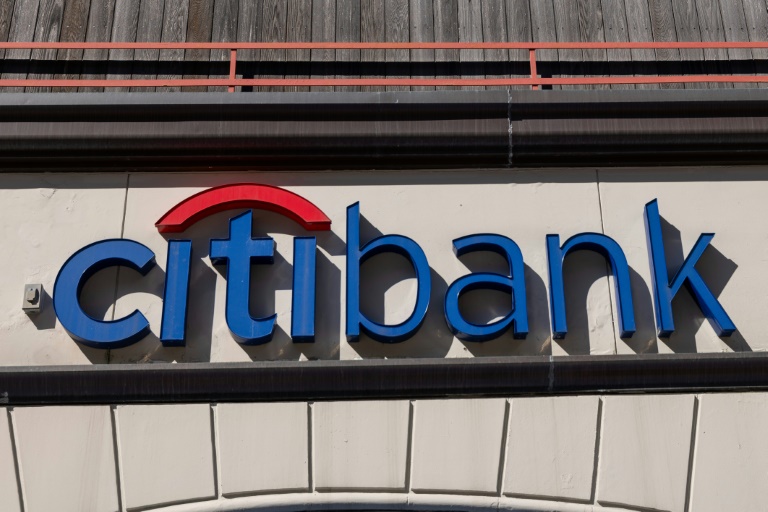THE euro stumbled to a five-month low against the US dollar on Friday (Apr 12) after the European Central Bank indicated it could soon cut rates, a divergence from market expectations for the US Federal Reserve to keep rates higher until later in the year.
The broad strength in the dollar also sent the Japanese yen to a 34-year low as investors looked for signs of a possible intervention from central bank officials.
Recent US economic data on the labour market and inflation have caused market expectations for a rate cut from the Federal Reserve to be dialed back yet again.
Expectations for a cut of at least 25 basis points (bps) in June have shrunk to 24.9 per cent, down from 53.2 per cent a week ago, according to CME’s FedWatch Tool, while expectations for a cut in July have fallen to 52.8 per cent from 72.5 per cent in the prior week.
That puts the Fed in contrast to the European Central Bank (ECB) which on Thursday signalled it could begin cutting rates as soon as June.
“It’s so obvious what’s going on, we’ve got a dollar US interest rate strength play, that’s what’s going on here, said Joseph Trevisani, senior analyst at FX Street in New York.
GET BT IN YOUR INBOX DAILY
Start and end each day with the latest news stories and analyses delivered straight to your inbox.
“You’ve got the Fed banking on its scenario, neither side of which is coming true. Inflation’s supposed to come off, well, it’s not, and the economy’s supposed to weaken, which it’s not, so neither side is coming true so frankly, they have zero ground to cut rates.”
The difference in interest rate expectations has widened the gap between US bond yields and German eurozone benchmark yields to the highest since 2019, making US bonds more attractive and boosting the dollar.
The dollar index gained 0.75 per cent at 106.06, after reaching 106.09, its highest since Nov 3. The greenback was up more than 1.7 per cent for the week, eyeing its biggest weekly percentage gain since last September 2022.
Economic data on Friday showed US import prices increased for a third straight month in March amid rises in the costs of energy products and food, but underlying imported inflation pressures were tame.
A separate survey from the University of Michigan showed its preliminary reading of US consumer sentiment softened in April while inflation expectations for the next 12 months and beyond increased.
The euro was down 0.91 per cent at US$1.0626 after hitting US$1.0621, its weakest since Nov 3 and was on pace for its biggest weekly percentage drop since late September 2022.
Sterling also weakened against the dollar and was last down 0.92 per cent at US$1.244 after falling to US$1.2426, its lowest since Nov 17 and was poised for its biggest weekly percentage drop since mid-July.
But the yen rebounded after the dollar strengthened against the Japanese currency, rising to its highest since mid-1990 at 153.38 yen. Against the Japanese yen, the dollar last weakened 0.28 per cent at 152.85.
The possibility of currency intervention by Japanese officials appeared to keep help dampen the moves in the yen compared with other currencies on Friday, after Finance Minister Shunichi Suzuki said: “If there are excessive moves, we will respond appropriately without ruling out any options.”
The Japanese currency was on track for a weekly decline of of about 0.8 per cent, its second consecutive week of declines against the dollar. REUTERS







